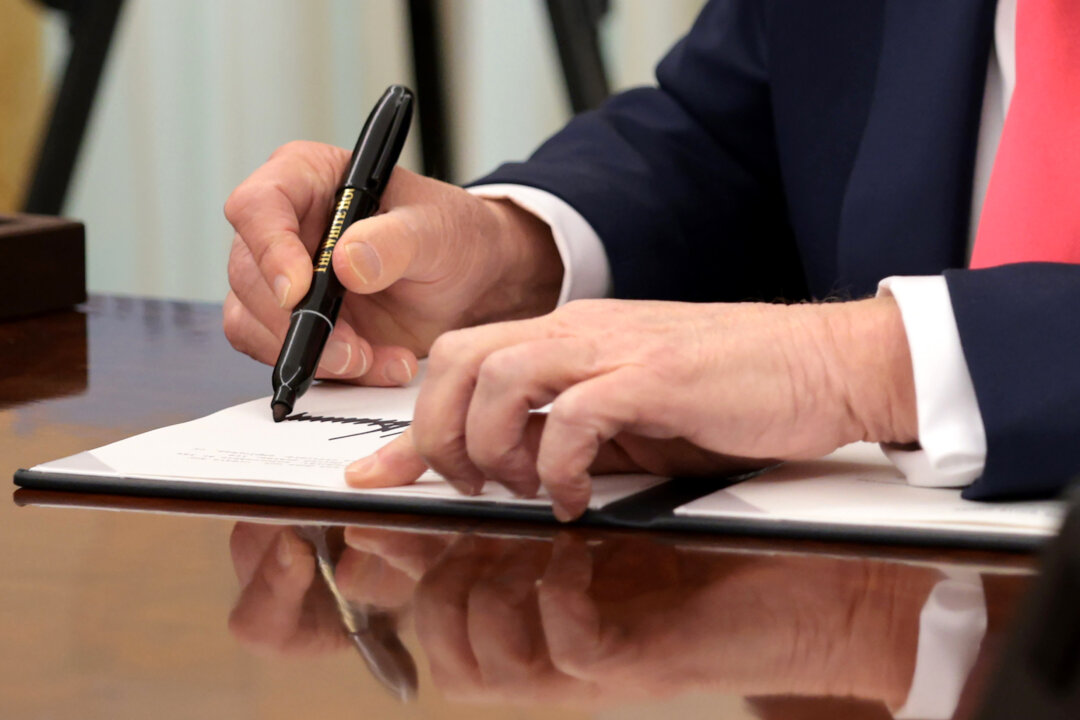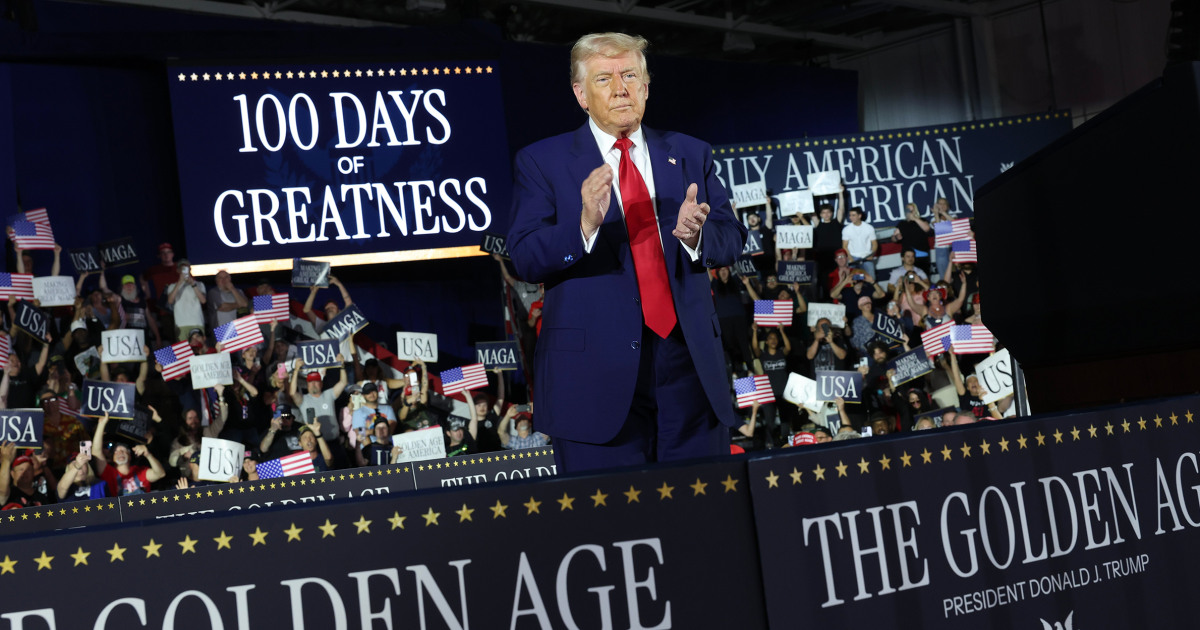President Donald Trump’s partial — and possibly temporary — retreat from the most radical version of his trade agenda sent the stock markets soaring.But it’s important to remember that prior to Trump’s inauguration, the tariff regime we are currently under was widely considered the worst-case scenario.Recall that during the 2024 campaign, Trump promised to impose a 10% tariff on all foreign goods, and a 60% tariff on Chinese ones.
Investors widely considered such a policy too unhinged to be serious. Future Trump Treasury Secretary Scott Bessent assured Bloomberg TV in August that the Republican candidate’s ostensible trade agenda was merely a negotiating tactic, saying, “President Trump speaks like a New York City real estate developer, and that is the opening gambit. .

.. It is a maximalist negotiating position.
”It’s worth dwelling on this quote: America’s current trade policy — a 10% universal tariff that could jump higher in 90 days, 25% tariffs on most Canadian and Mexican goods, as well as a 125% tariff on China — is more radical than what Bessent deemed a maximalist negotiating position last summer.For ordinary Americans, it is also an incredibly costly policy. According to an estimate from the Peterson Institute for International Economics, a 10% universal tariff combined with a 60% tariff on Chinese goods would cost the typical U.
S. household “at least $1,700 in increased taxes each year.” Trump’s current agenda would cost that household even more.
And he is still planning to impose a new battery of “sectoral” tariffs soon, which are poised to increase the prices of lumber (and thus housing) and pharmaceuticals, among myriad other things.If Trump maintains his current trade policy, America’s economic pain will only mount in the coming weeks and months. But bulls on Wall Street are betting that a broader retreat is coming.
The problem with that bet is that it depends on the assumption that Trump will continue retreating from his current position.Granted, Trump’s announcement on Wednesday potentially establishes a foundation for further tariff reductions. He has already pulled the universal rate down to 10%, and says he is looking to “negotiate a solution” to his trade concerns with 75 countries.
Presumably, if he does reach such a solution with these nations, he will bring tariffs on their imports below 10%.Even on China, Trump’s remarks offered an opening to trade peace, as he wrote on Truth Social, “At some point, hopefully in the near future, China will realize that the days of ripping off the U.S.
A., and other Countries, is no longer sustainable or acceptable.”Look at all this through rose-colored glasses, and you see a path back to the pro-business, moderately protectionist Republican presidency that Wall Street thought it was getting.
Nevertheless, Trump backing down further on tariffs is no safe bet. As he has made clear in recent days, he believes that the United States should run a trade surplus in goods with every country on the planet — and that any country that runs a trade surplus with us is ripping America off.So long as Trump maintains this belief, it is hard to see how he negotiates resolutions with America’s major trade partners.
Countries cannot easily control whether they run trade surpluses with the United States, which are influenced by complex patterns of consumption and investment that governments do not dictate.Sign up for Viewpoints, an opinion newsletterIt’s unclear what America’s top trade partners, most of whom do not actually impose wildly unfair tariffs on U.S.
products, can offer. It’s possible that Trump is comfortable with minor, face-saving concessions that he can frame as triumphs. Trump cannot run for another presidential term.
So it would make some sense for him to put his ideological objectives above his political interests.Regardless, Trump’s waffling will only reinforce business’s uncertainty about the trajectory of U.S.
policy. And when firms are uncertain whether their costs will imminently surge or fall, they tend to postpone investments in new factories or stores, thereby depressing economic growth.The U.
S. stepped back from the cliff’s edge. But we still aren’t far from the precipice.
And it’s unclear which direction Trump intends to take us from here.Eric Levitz is a senior correspondent at Vox, where he covers a wide-range of political and policy issues, with a special focus on questions that internally fracture the American left and right..
Politics

Column: The tariff crisis isn’t over despite Trump’s ‘pause’

If President Trump maintains his current trade policy, America’s economic pain will only mount in the coming weeks and months, Vox senior correspondent Eric Levitz writes.















